Carmen revised and corrected at the Florence Opera (January 2018)
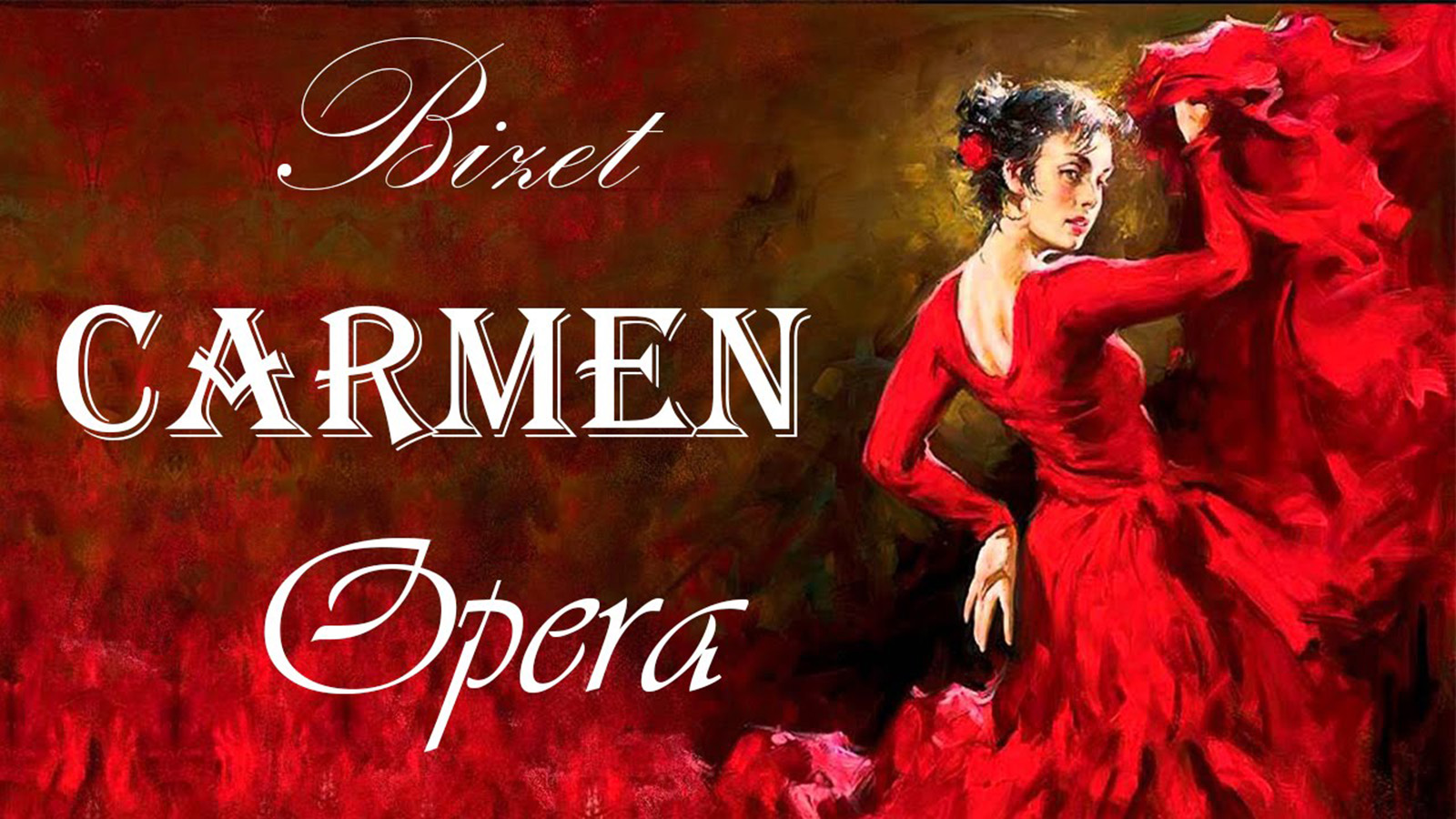
In their version of Bizet’s work, director Leo Muscato and Florenc’s theater Dario Nardella decided to spare Carmen, making her the murderer of Don José. According to them, it is a “cultural, social and ethical message, which denounces violence against women, increased in Italy. A scenario choice that, fortunately, did not convince the public of the Teatro del Maggio, nor the Italian press.
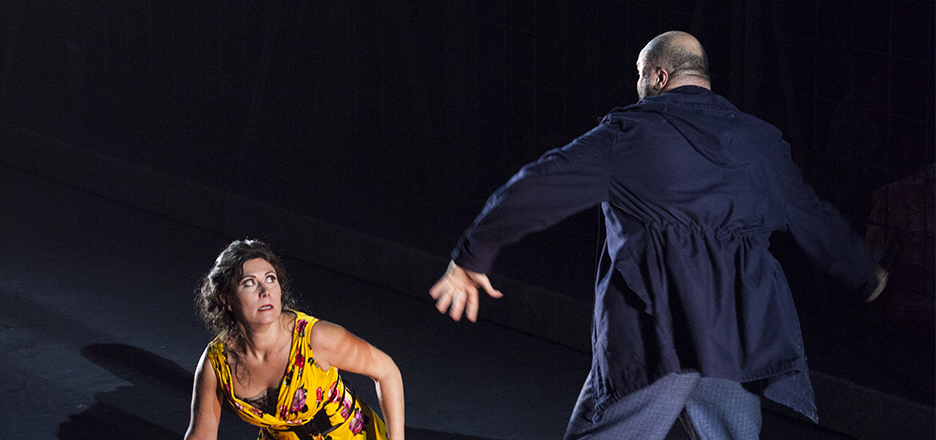
Towards a cultural revisionism?
It seems that after all the excesses of the Weinstein affair, #metoo or #balancetonporc (while considering that it is absolutely unacceptable to sexually abuse anyone and to use violence against women), some feminist groups supported by some intellectuals “politically correct” (or simply stupid) are moving towards a form of vengeful hysteria. It is true that Olivier PY in 2012, for the Opera de Lyon, had not wanted either that Carmen died, but had not turned her into a killer.
This ideological stupidity, amplified by the “social media”, is not only undermining the Western intellectual and cultural universe, but represents a real danger for the freedom of artistic expression (past and present), opening the door to historical revisionism, a real danger for democracy. Should Henry VIII of England be removed from history books as well as all the art-works dedicated to him (including the excellent television show “The Tudors”)?
Should be censored, in the name of the fight against violence against women, excellent satirical cartoonists like Reiser, or great comic book authors like Jean-Claude Claeys, Liberatore, Serpieri, Crepax, or Giovanna Casotto, etc.? ?
- Tornatore
- Reiser
- Sepieri
- Claeys
- Casotto
- Crepax
- Varenne
- Varenne
Admittedly, the director (or orchestral conductor) must have an indispensable artistic freedom to adapt a work to the taste of the day, such as, for example, the choice of Leo Muscardo to situate the play in a ROM camp (On this liberty see the work of Emmanuel Levinas). But should this freedom lead to manipulating the content of a art work and in the case of Carmen de Muscato, not only to transform a victim into an executioner, and, ultimately justify the death penalty?
This revisionism of art works, literary or otherwise, in the name of any kind of common good, of respect supposedly due to the sacred, to the protection of minors or to the fight against feminicide is purely and simply censorship. In a remarkable book “Art in the Face of Censorship” (Baux Arts Editions), Thomas Schlesser draws a disturbing picture of this type of censorship in history: from the corporatist protectionism of Renaissance artists to the academic norms erected in law, from the vanities of the Dominican Savonarola to the Protestant iconoclasm, from anti-sexual Puritanism to the persecution of political opposition, and of the “degenerate art” of the Nazis to Stalinist repressions.
- Chrysis Jungbluth, Orgia 1925, censured
- Cinese satire against artwork censorship
- Masaccio censored by the Catholic church
- Egon Schiele censored
In England, several plays have recently been banned by the police, including Gurpreet Kaur Bhatti’s “Behzti” and “Behud“, under the pressure of demonstrations against their representations, relayed by social networks, demonstrating that the right to manifest becomes superior to freedom of expression.
This type of censorship is a faithful reflection of a society – dealing with art, around the new taboos that are today the violation of human dignity, the death, the representation of minors (Balthus, Larry Clark) and the icons, religious or secular, the representation of women (and men), that art would no longer have the right to challenge (in China, in Russia , in the United States, etc.).
In this, as in other problems related to freedom of expression, as long as an artwork does not lead to provoking hatred, xenophobia, etc., as envisaged by the International Conventions on Human Rights and the jurisprudence of the CEDU, the best answer is not censorship, but debate and education.
As Julia Farrington, artistic director of the excellent British magazine “Index for Censorship”, writes: “In an ideal world, we would have access to both the artwork and the protest it provokes. This is when art really works for society, when it encourages debate and inspires counter-speech. ” The Guardian, 29 November 2019 “The art, the law and freedom of speech”


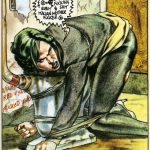



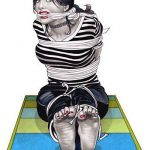

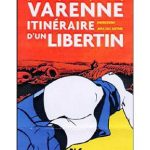
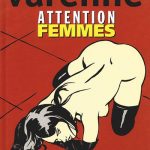
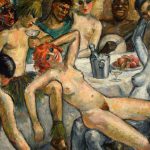
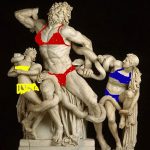
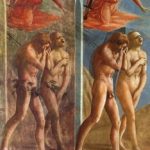


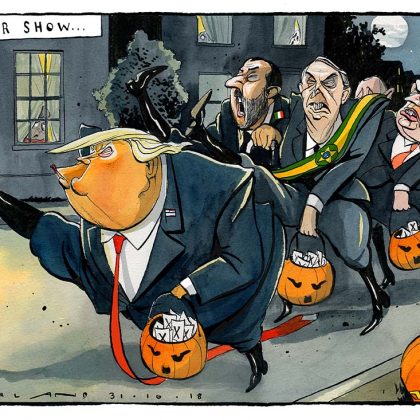
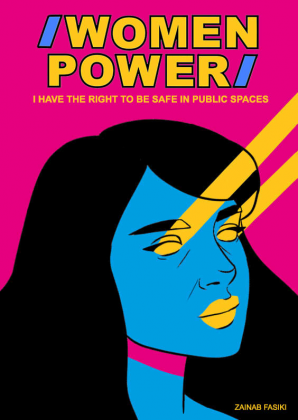
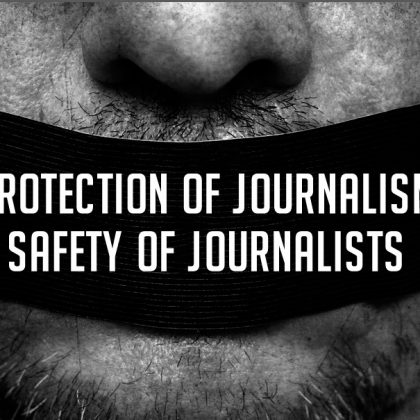
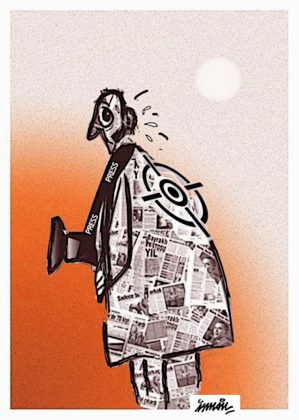
Comments
Lyman Semone
With thanks! Valuable information!
Winston Vrooman
With thanks! Valuable information!
Robbyn Pitcherello
Perfect just what I was searching for! .